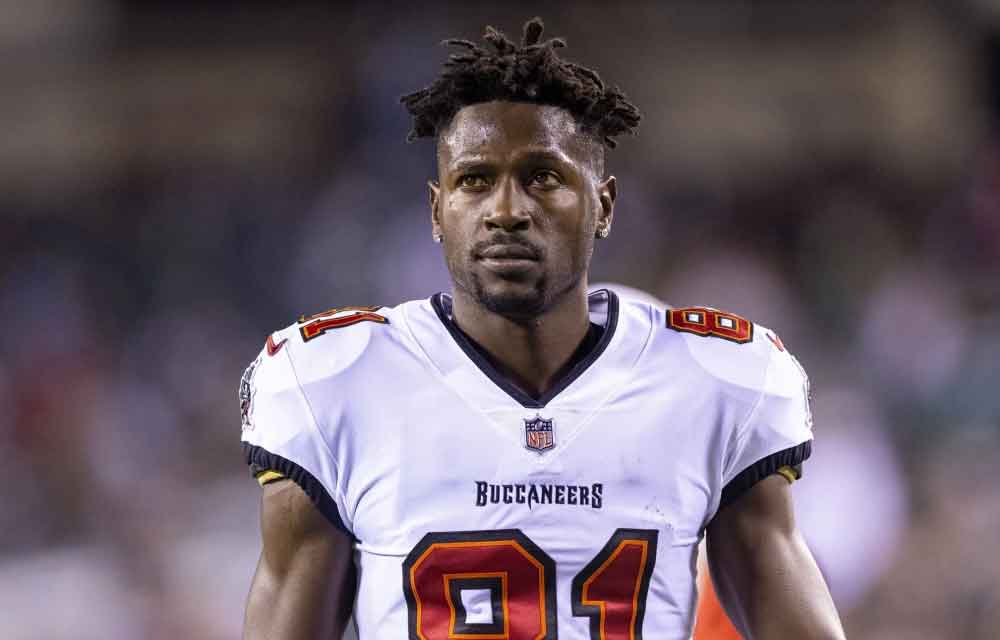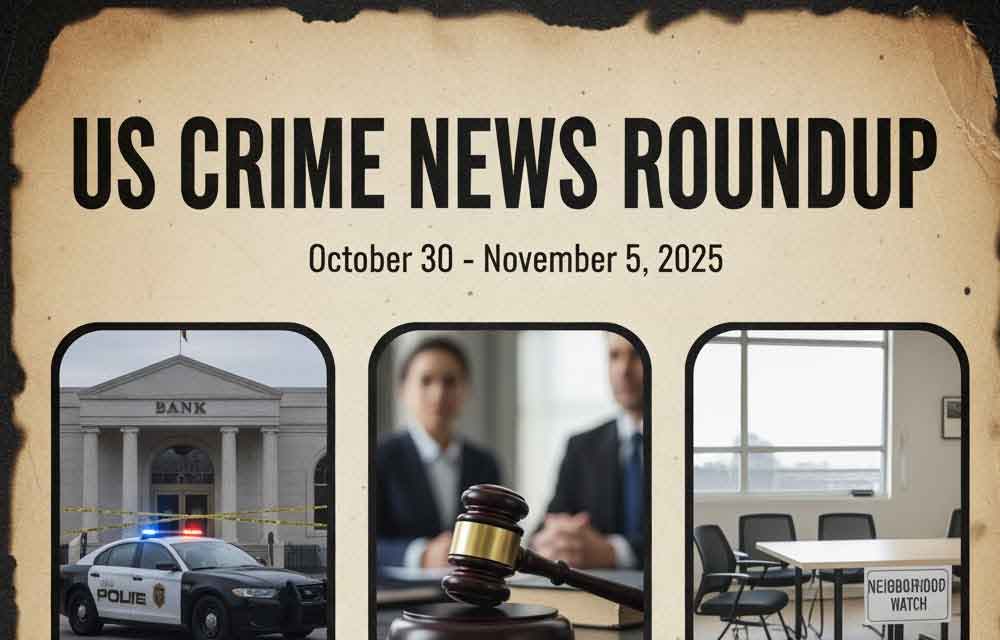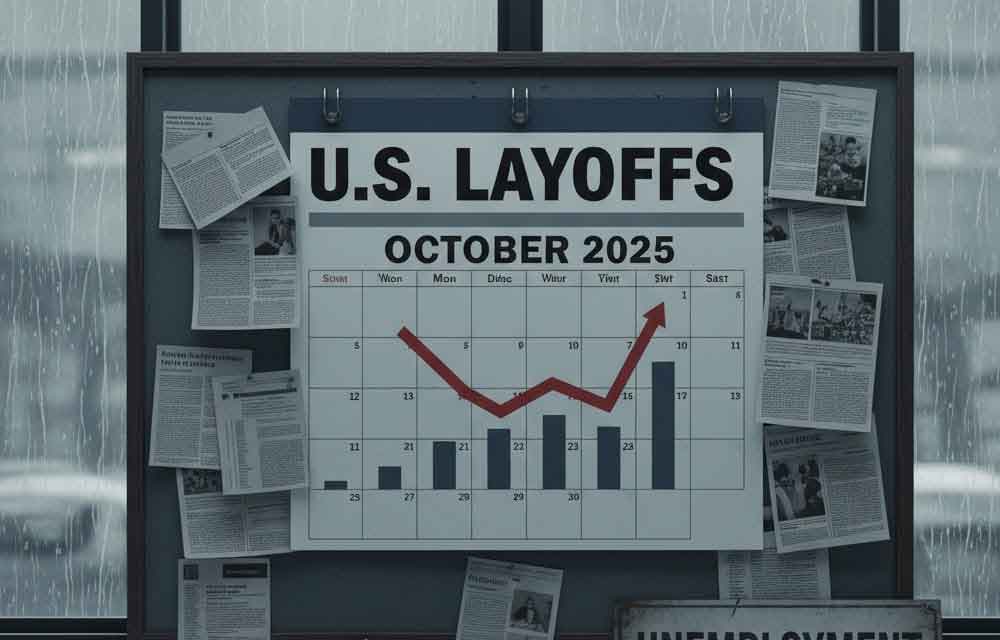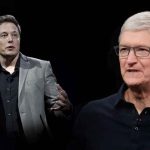Trump-Putin Summit 2025: No Ukraine Ceasefire, But Leaders Claim Progress in Alaska Talks
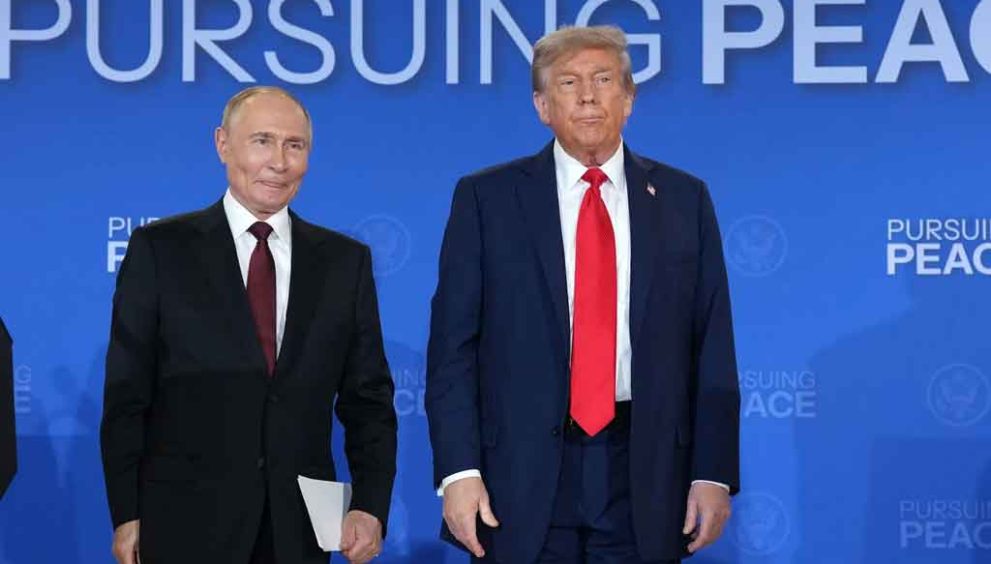
On August 15, 2025, U.S. President Donald Trump and Russian President Vladimir Putin convened at Joint Base Elmendorf-Richardson in Anchorage, Alaska, for a highly anticipated summit to address the Russia-Ukraine war, now in its fourth year since Russia’s 2022 invasion. Despite global hopes for a ceasefire, no concrete agreement was reached. Both leaders described the talks as “productive,” with Trump calling it “extremely productive” and Putin labeling it “constructive.” The summit ended with Putin paying respects at the Fort Richardson Memorial Cemetery, a symbolic nod to U.S.-Russia historical ties, but no resolution to the ongoing conflict. Here’s the full story of the Trump-Putin Summit 2025, its outcomes, and what’s next, brought to you by www.clickusanews.com.
A Symbolic Stage in Alaska
The choice of Anchorage, Alaska, was deliberate and symbolic. Alaska, sold by Russia to the U.S. in 1867 for $7.2 million, sits just 55 miles from Russia across the Bering Strait. Joint Base Elmendorf-Richardson, hosting 30,000 U.S. troops, projected American military strength, as Alaska Senator Dan Sullivan told CBS News, “Alaska exudes power with our military presence.” The summit, held under rainy skies with F-22 Raptors overhead, began at 11:32 a.m. ADT (3:32 p.m. EDT) with a three-on-three meeting, including Trump, U.S. Secretary of State Marco Rubio, and Special Envoy Steve Witkoff, alongside Putin, Foreign Minister Sergey Lavrov, and aide Yuri Ushakov. The talks lasted nearly three hours, wrapping up at 2:18 p.m. ADT, followed by a brief 12-minute press conference at 2:58 p.m. ADT.
No Deal, But “Great Progress” Claimed
The summit’s primary aim was a ceasefire in the Russia-Ukraine war, which has seen Russia occupy roughly 19% of Ukraine, including Crimea, parts of Donetsk, Luhansk, Kherson, Zaporizhzhia, and smaller areas in Kharkiv and Sumy. Trump, who vowed during his 2024 campaign to end the war “in 24 hours,” framed the meeting as a “feel-out” to gauge Putin’s stance, telling reporters, “There’s no deal until there’s a deal.” Putin claimed an “understanding” was reached, but Trump clarified that while “many points” were agreed upon, “a couple of big ones” remained unresolved, offering no specifics.
Putin emphasized Russia’s desire to end the conflict with its “brotherly nation” and warned Ukraine and European allies against “throwing a wrench” in progress through “provocations.” He reiterated demands for Ukraine to abandon NATO aspirations and cede territories, including Donbas and Crimea, which Russia illegally annexed in 2014. Trump, however, rejected Putin’s claim of a firm agreement, stressing that any deal requires approval from Ukraine and NATO allies. He announced plans to brief Ukrainian President Volodymyr Zelenskyy and NATO leaders, with a potential trilateral meeting in a neutral location like the UAE.
Ukraine’s Absence Fuels Tensions
The exclusion of Volodymyr Zelenskyy was a flashpoint. Trump’s decision followed a February 2025 White House clash where he and Vice President JD Vance criticized Zelenskyy’s war strategy, with Trump saying, “You don’t have the cards.” Zelenskyy, speaking from Berlin on August 13 during a virtual call with Trump and European leaders, warned that decisions without Ukraine would be “stillborn” and rejected territorial concessions as unconstitutional. European leaders, including German Chancellor Friedrich Merz, French President Emmanuel Macron, and UK Prime Minister Keir Starmer, echoed this, insisting Ukraine must shape its future.
In Anchorage, pro-Ukraine protests erupted, with groups like Anchorage Stands with Ukraine rallying at Midtown Mall and the Park Strip, displaying signs like “Dude, where’s my invite?” and a massive Ukrainian flag. In Kyiv, demonstrations outside the U.S. embassy demanded the return of prisoners and opposed “land swaps,” which Trump had previously suggested but avoided mentioning during the summit. On X, users like @BohuslavskaKate criticized Trump’s apparent admiration for Putin, while @JuliaDavisNews noted Russian media’s portrayal of the summit as a diplomatic win for Moscow.
Putin’s Cemetery Visit and Russian Agenda
Before departing, Putin visited the Fort Richardson Memorial Cemetery, laying flowers at a WWII-era monument to Soviet-American cooperation, a move reported by Interfax as a nod to shared history. Russian Foreign Minister Sergey Lavrov drew attention by wearing a USSR-branded sweatshirt, which The Guardian called a “provocative jab.” Putin’s delegation, including finance minister Anton Siluanov and sovereign wealth fund head Kirill Dmitriev, signaled Moscow’s interest in broader economic talks, with Putin floating cooperation in trade, tech, and Arctic exploration. He also raised renewing the New START nuclear arms treaty, set to expire in February 2026, though Trump prioritized Ukraine, saying, “No business until the war is solved.”
Russia’s demands remained unchanged: Ukraine must cede Donbas, Kherson, Zaporizhzhia, and Crimea, and abandon NATO ambitions. Analysts like Sam Greene of the Center for European Policy Analysis warned that Putin might use a ceasefire to maintain battlefield gains while delaying sanctions, as Russia controls nearly two-thirds of Donetsk and most of Luhansk. Ukrainian MP Oleksiy Goncharenko posted on Telegram that Putin “bought time” with the summit, a sentiment echoed by former U.S. official Matt Dimmick, who told Al Jazeera that Russia shaped the narrative as a “win” by securing a red-carpet welcome.
Trump’s High-Wire Act
Trump’s summit was a gamble to fulfill his campaign promise of swift peace, with some speculating he’s eyeing a Nobel Peace Prize. Former Secretary of State Hillary Clinton, on the Raging Moderates podcast, said she’d nominate him if he secured a ceasefire without Ukraine ceding territory—a tall order given Russia’s demands. Trump responded to Fox News, “I may have to start liking her again.” However, his earlier threats of “severe consequences,” including tariffs on Russia’s trading partners like India and China, were softened post-summit, with Trump telling Sean Hannity, “I don’t have to think about that right now.”
Critics, including Sen. Chris Murphy (D-Conn.), argued the summit legitimized Putin, who faces an International Criminal Court warrant for war crimes. Former ambassador John Herbst told USA Today that Trump’s positive framing reduced pressure to penalize Russia, while David Salvo of the German Marshall Fund warned that Moscow could stall for time. Despite this, Trump rated the summit a “10” on Fox News, claiming progress toward peace.
Escalating Conflict and Broader Implications
Hours before the summit, Russian drone strikes killed seven Ukrainian civilians, and Ukraine struck a Russian port in Astrakhan, highlighting the war’s intensity. Russia’s recent withdrawal from the 1987 Intermediate-Range Nuclear Forces Treaty and U.S. nuclear surveillance flights near Russia raised fears of escalation. Putin’s mention of nuclear arms talks underscored the summit’s broader stakes, with the New START treaty’s expiration looming.
In Alaska, the summit disrupted air traffic with a Temporary Flight Restriction from 9:15 a.m. to 4:15 p.m. ADT, delaying non-commercial flights. Over 700 journalists descended on Anchorage, amplifying local tensions, though the Anchorage School District reported minimal disruptions. Governor Mike Dunleavy debunked rumors on X that Alaska’s natural resources were on the table, calling them “fake news” after talks with Trump.
What’s Next for Ukraine?
With no ceasefire, Trump plans to call Zelenskyy and NATO Secretary-General Mark Rutte to discuss next steps, potentially leading to a trilateral meeting. Putin’s lighthearted invitation for Trump to visit Moscow was met with a cautious, “I’ll get a little heat on that one,” though Trump didn’t rule it out. Analysts like Neil Melvin of RUSI remain skeptical of a quick resolution, citing Putin’s strategic advantage and Europe’s limited influence. Kyiv mayor Vitali Klitschko told the BBC that Ukraine might consider temporary territorial concessions for peace but would “never accept occupation.”
The summit’s outcome leaves the Ukraine war’s future uncertain, with Trump’s next moves under scrutiny. Will he push harder for a deal, or has Putin gained the upper hand? For the latest on the Trump-Putin Summit, Russia-Ukraine war, and global diplomacy, stay tuned to www.clickusanews.com.



